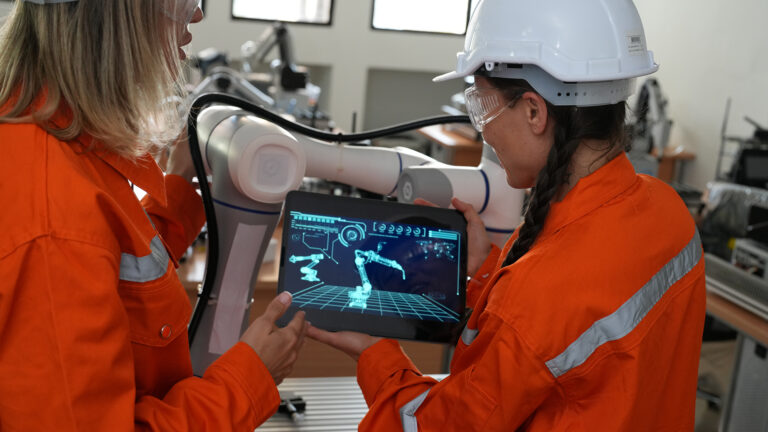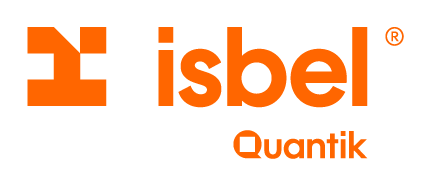The Mobile World Congress (MWC) in Barcelona is a very interesting place for any telecommunications engineer. In the 2022 edition, the Open RAN concept was repeated a lot.
What's happening with 5G?
The first commercial deployments of 5G are already a fact in some countries, but this technology is still under development in most of the world. Deploying 5G networks is a huge challenge, especially because of the high investments required.
Therefore, telcos are forced to look fornew ways to monetize their infrastructureto add value. One option is to offer new services to different verticals. If one thing is clear, it is that 5G will not only be for the end consumer, but also for companies and their business processes.
Every 8-10 years, with each generation (2G, 3G, 4G, 5G), telcos have a very strong investment push. To survive now, 5G must be launched, and doing so while optimizing costs is one of the key drivers of Open RAN.
What is (and what is not) Open RAN?
Open RAN imposes the concept ofhardware and software unbundling, which allows, among other things, different suppliers for hardware and software elements, thanks to the standardization of interfaces.
Traditionally, the telecommunications world has been dominated by four large companies, thevendors: Ericsson, Nokia, Huawei and ZTE. These are the companies that until now have manufactured both hardware and software in telecommunications, in many cases as closed packages that are very costly for telcos to acquire.
To make a comparison with the cellular world (saving some differences), traditionalvendorsare like an Apple, which sells its cell phones (hardware) with its operating system (software), as opposed to Google, with its Android operating system (software), which is installed on different mobile devices.
In telecommunications, the"Apple model"was the traditional one, whereby every change a company wanted to make had to be requested from thevendor. This meant a lot of investment and adapting to the manufacturer's timing, which usually slowed down innovation. The argument behind this system is that it is key infrastructure and must work perfectly. For the telecommunications industry, the standard is what is known as the"five 9s of availability", which means that the system must be operational 99.999% of the time, something like saying that only an average of less than 6 minutes of downtime per year is acceptable in a cellular network.
ButOpen RAN opens up the game; the main telcos in Europe, Asia and the United States are promoting this movement, based on a standard that allows any company to develop both software and hardware technology. The main drivers of this concept created theO-RAN Alliance, a global community of cellular operators, manufacturers and academic and research institutions.
Open RAN refers to the use of open interfaces and software virtualization to implement the radio access network (RAN). Thus, the different software functions can be installed on general-purpose or specific-purpose hardware in terms of interfaces, processing power and memory, but with a generic hardware design.
This unbundling allowssoftware developments with a good degree of independence from hardware,which makes it possible to implement new technologies more quickly and not necessarily through costly hardware changes. It also encourages the emergence of new manufacturers in the ecosystem, in addition to the large traditional manufacturers that are now joining this line of business. Some do so with a specific focus on software, others on hardware and others on both.
Since these areopen interfaces,itmay happen that some software functions are implemented by one manufacturer and others by another. On the other hand, there are many alliances of companies, some of them of great renown and trajectory in the IT industry. In short,a much more varied and competitive world of options is opening up for the operator than ever before.
What is happening in the world and in the region with 5G and Open RAN?
Something very interesting is what is happening in the US market. After the merger of Sprint and T-Mobile, in 2018, there were only three major telcos left along with Verizon and AT&T. In that context,Dish Networksburst inas a fourth competitor,determined to become a pioneer in all technological trends having to do with 5G. Dish set itself the goal (forced by the country's regulator, the FCC) of reaching 20% of the market with 5G by June 2022. It achieved this goala few hours before the deadline set by the regulator.
This accelerated deployment, which involved reaching more than 120 cities with 5G, was possible in part because they used Open RAN, with a varied ecosystem ofvendorsand technology partners, as opposed to the traditional strategy. Choosing the Open RAN path allowed them to have more alternatives at a time when supply chain and delivery times are a decisive factor in technology projects. Now, the company aims to reach 70% of the market by 2023, a huge challenge. They will have to resort to new options in order to meet their goals.
Progress is also being made in our region. InColombia, operators such as Tigo have already begun testing Open RAN tocover rural areasmore efficiently. There they tested a new technology in areas where it is not so easy to reach with connectivity, at a more adequate cost for the return on investment and, in turn, with less impact on performance, in case it does not work as expected.
For their part, several operators inChile, the region's 5G deployment leader with over one million 5G customers, are exploring Open RAN intensively.
What are the challenges?
Opening the game to multiplevendorshas challenges that telcos must solve. Therefore, Open RAN represents a unique opportunity for technology integrators. Knowing in detail the different hardware and software components in the entire architecture will be increasingly necessary.
Technology integrators who can quickly acquire these skills will have avaluable competitive advantagefor telcos.



